|
Now that the students have learned the verb TENER (see my post on the game ¡séis! here), they have been learning to talk about descriptions of people. What better way to practise talking about descriptions than playing the Spanish version of Guess Who?! Here are photos of my students playing the card game in class today. Here is the visual support that the students use to help them play the game.
0 Comments
I have recently shared in this blog that my students are studying numbers as part of their unit on identities and relationships. As always with languages, the students need to do lots of practice using different activities and strategies so that they can internalise the language and have confidence speaking it from memory. In addition to the task we did on Google Forms (see the post here), we also played a game that I bought from TeachersPayTeachers. The game, called <<Yo tengo....¿Quién tiene?>>, contains 36 number cards and is really designed for a bigger class of students. I am very lucky to have small classes, so I played this game with each student having 3 cards each. How does it work? It's a simple domino effect speaking activity. The card with <<empieza>> starts and asks <<¿Quién tiene doscientos veinticinco?>> and the person with that card answers with <<Yo tengo doscientos veinticinco>> and then asks <<¿Quién tiene novecientos sesenta y dos?>> and so the game continues. Once the students have used a card, I ask them to put it in the centre of our circle so that they can concetrate on the cards that they have left in their hands. It is a good idea to let students write the number out in advance on a post-it note that they stick to the card, or give them a number support sheet, as the students struggle to recall the numbers from memory. It is great practice of the hundreds, and in particular of those tricky hundreds, like quinientos and setecientos. It is also excellent practice of their oral communication skills. Before doing this activity, we discussed the importance of speaking clearly, loudly and also listening very carefully to each other. I took the students out of the classroom into a flexible learning space so that they could sit in a circle and more easily communicate without desks and chairs as obstacles. Finally, it is of course important that they cover up their cards and don't cheat by looking at the number being called out. See my photos of the activity below.
I love this simple activity for practising dates with my students in both French and Spanish class. The students each have a bingo card and a board marker. The teacher calls out dates randomly from the list and if the student has that date on their card they cross it out. The first student to cross out all six dates on their card is the winner and they have to say those six dates back to the teacher in the target language in order to win their prize. The students listen intently to the dates that you are calling out and they also practice the use of dates being formatted numerically with numbers assigned to each month i.e. may = 5. Download the bingo cards for free here, you will need to print and then laminate (if you want to be able to reuse them). I really enjoy giving out prizes and stickers from my rewards jar (see picture below). The reward jar is available for purchase here.
Google Forms is a fantastic tool for creating formative assessments within the classroom. As part of our unit on identity and relationships in Spanish Phase 1, students have been learning numbers so that they can express their ages, as well as talk about birthdays, dates and times. See the link here to see my Google Form on high numbers. The students can receive instant feedback on their answers.
See this post here for tutorials on how to create formative tasks with Google Forms, how to use the Flubaroo Add-on, and for a review of the pros and cons of only using Google Forms for feedback, versus the use of Google Forms with Flubaroo. |
Juliet Orchard
I have been teaching French and Spanish for 13 years. I qualified and started teaching in the UK, and I currently work at Shanghai Community International School, China. I have experience teaching GCSEs and IB DP and MYP. Find out more about me within these blog pages or below at Linked In. ArchivesCategories
|
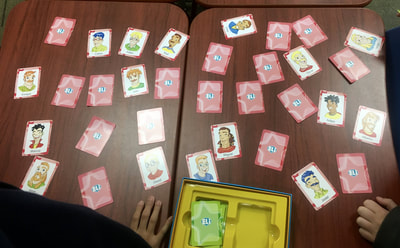
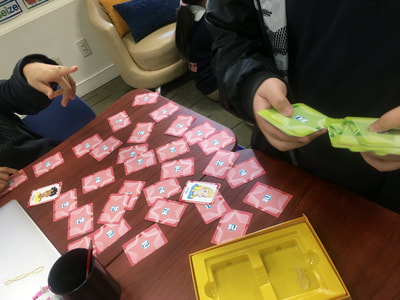
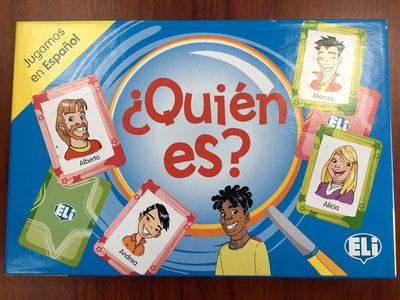
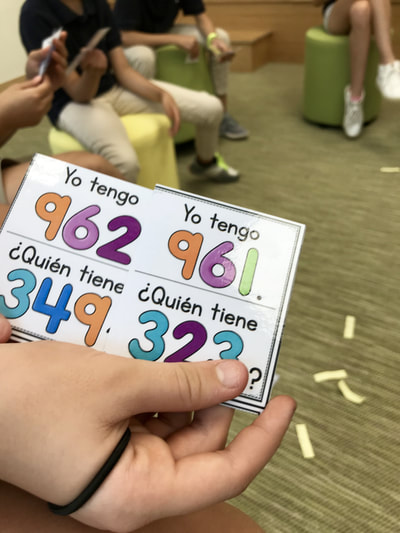
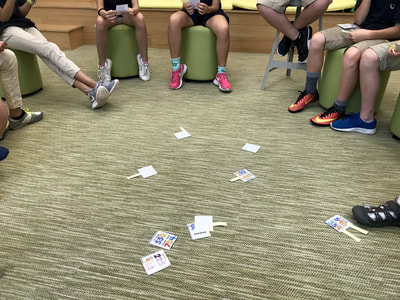
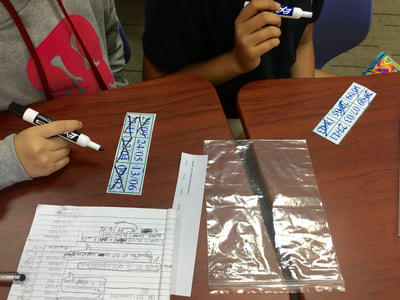
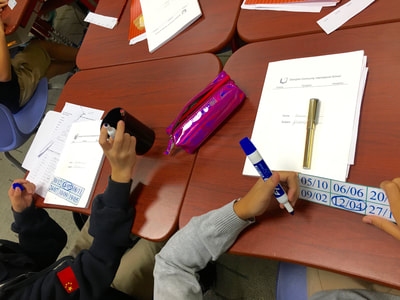
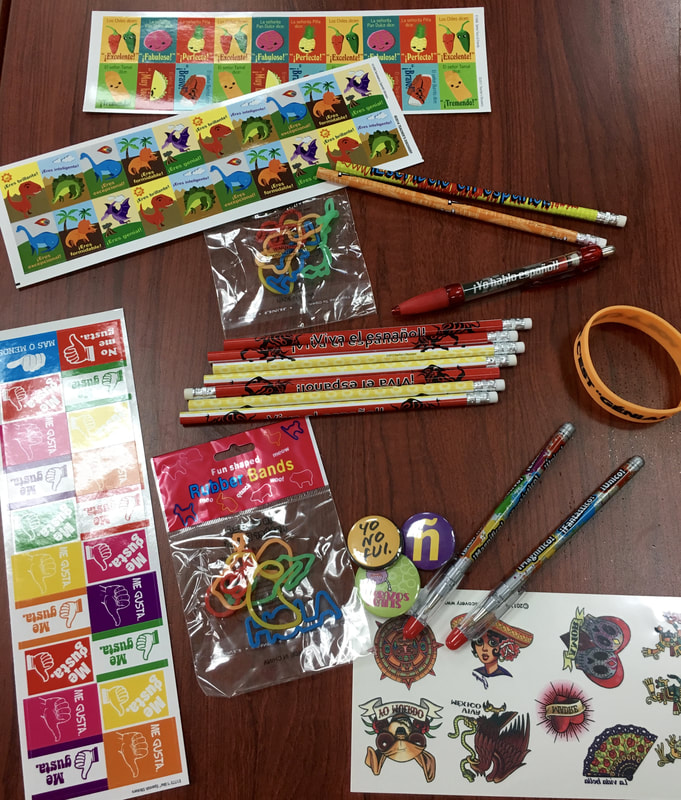
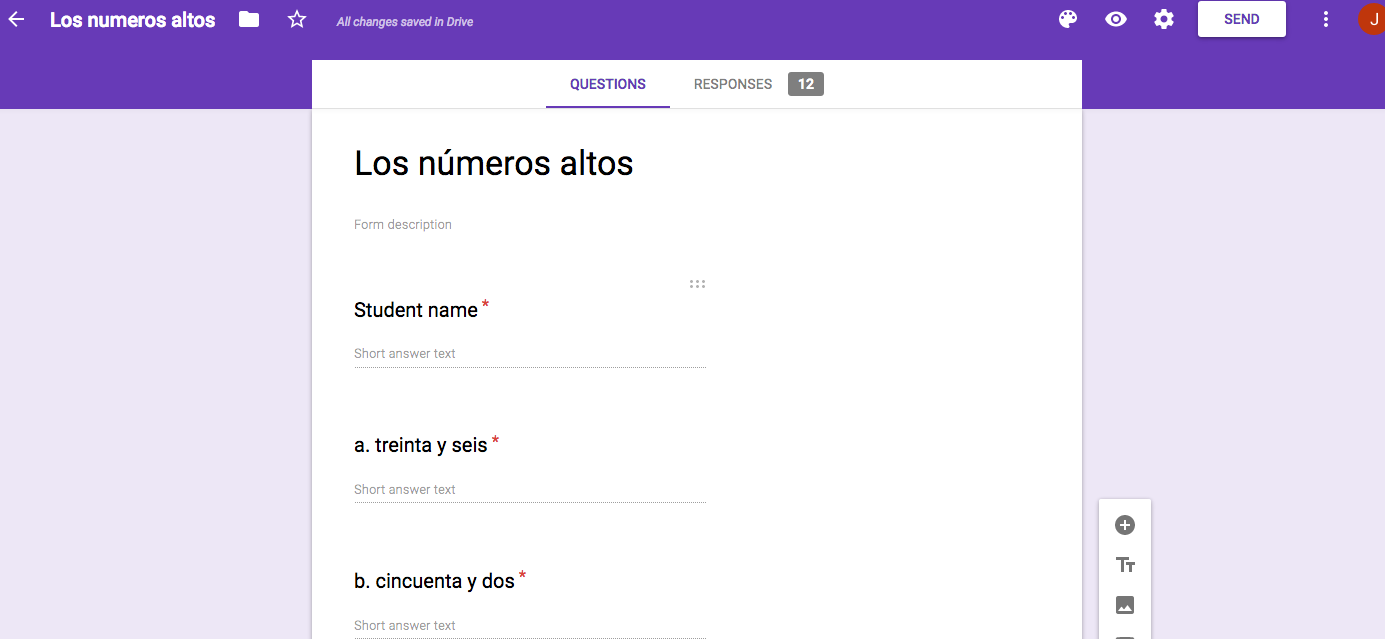
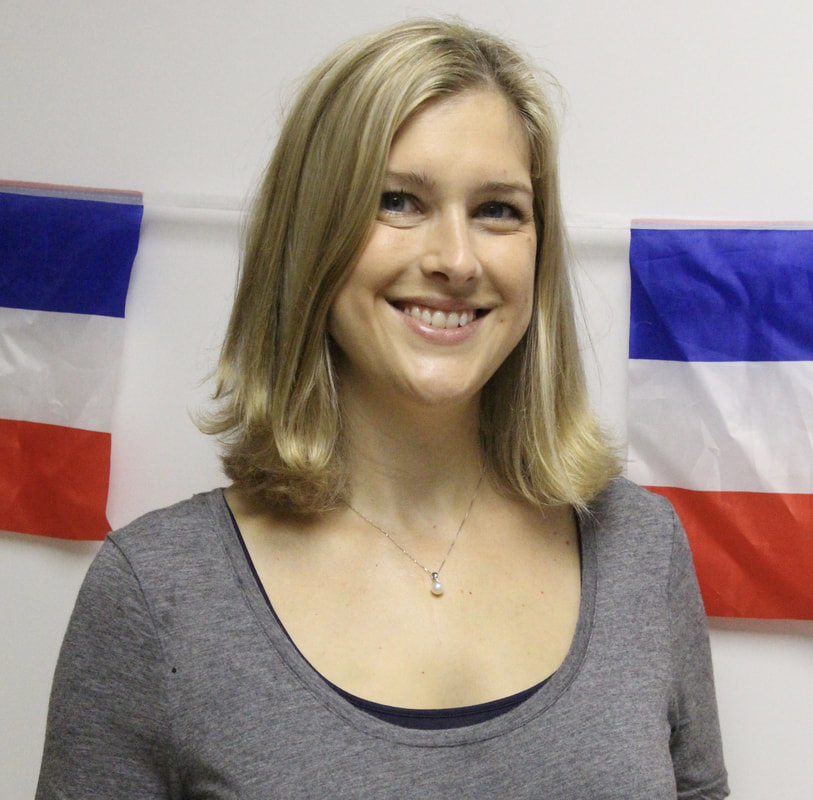
 RSS Feed
RSS Feed